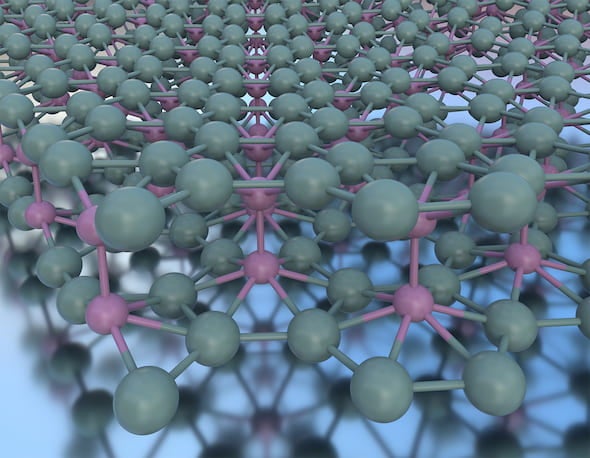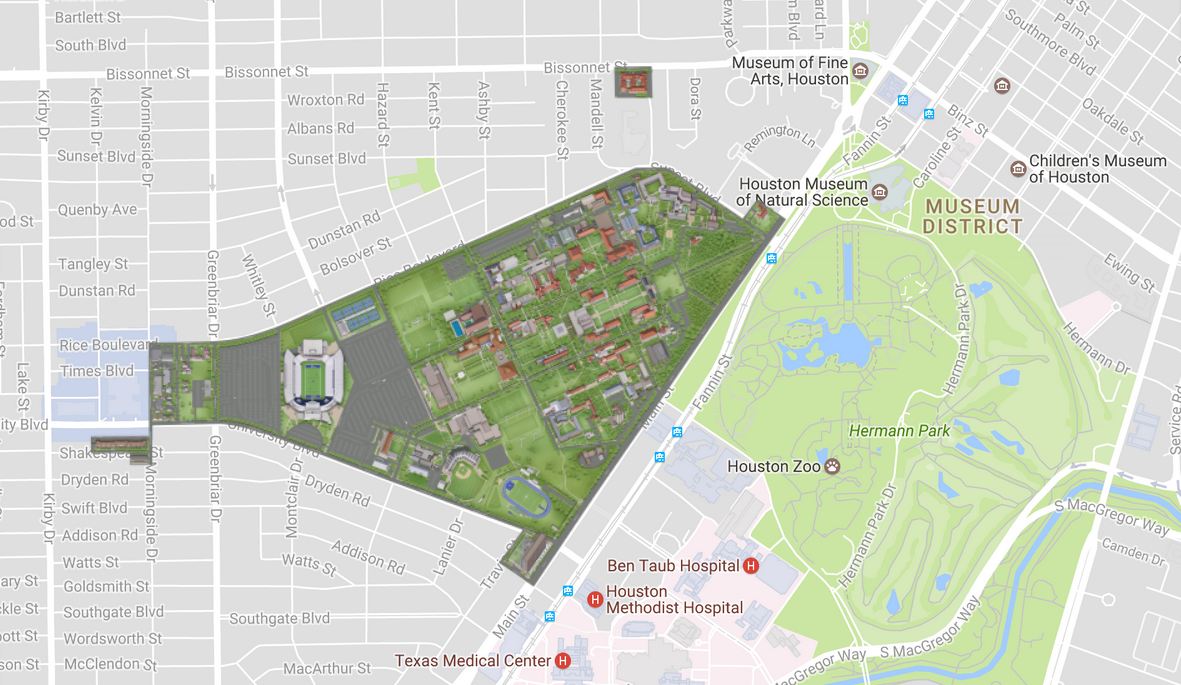If one layer of borophene is good, will two be better? Scientists at Rice University and Northwestern University hope so, because they’ve now made the elusive material.
Borophene is a one-atom-thick material made of boron atoms, which mostly fall together in neat triangles when grown in a furnace on a proper substrate. Its high strength and excellent conductivity make it a good candidate for use in quantum electronics, energy storage and sensors.
Unlike graphene, which can be exfoliated from bulk graphite, borophene can only be synthesized. And until now, it was only possible to make it in a single layer.
But the theory group at Rice led by Boris Yakobson and experimentalists at Northwestern led by Mark Hersam have given borophene a second deck. Their success at making bilayer borophene is detailed in Nature Materials.
“This is a significant step up, because it should enhance the coveted properties of 2D borophene as well as bring about new ones,” said Yakobson, a materials physicist at Rice’s Brown School of Engineering whose lab designed and performed simulations to guide the experiments.
“Greater conductance, record-high light reflectivity, enhanced plasmon activity and an enriched phonon reservoir may result in a higher-temperature bilayer superconductor,” he said. “And of course the little ‘space’ between the layers invites intercalation with other elements, for energy storage or for creating new compounds.”
Rice graduate student and co-lead author Qiyuan Ruan said the new material can be considered an intermediate regime between single-layer borophene and its bulk form, which has a highly disorganized atomic lattice that makes it impossible to physically separate into borophene.
Borophene’s structure isn’t as regular as chicken wire-like graphene. Atoms that are periodically missing from the lattice leave hexagons that make borophene a polymorph. Because the gaps affect the material’s properties, varied vacancies on each level of a bilayer could make the material even more versatile.
None of that could be tested until now. The Northwestern lab made bilayer borophene on a silver substrate through molecular-beam epitaxy. The researchers found that once random domains of single-layer borophene covered the substrate, a second layer would begin to form atop the first, as models predicted.
Author: MIKE WILLIAMS



